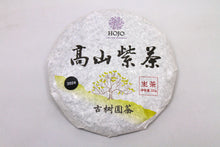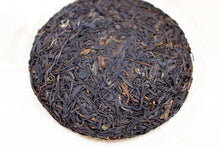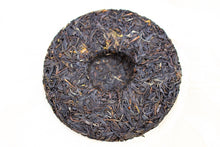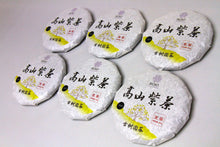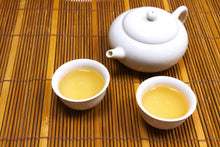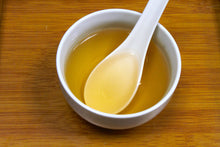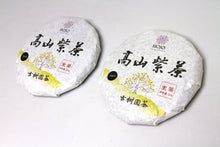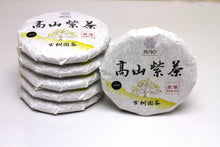
Purple tea is a distinctive and rare variety of tea that is typically found in the high-altitude tea gardens of Lincang, around 2000 meters above sea level. Although there is a well-known cultivar called Zǐ Jīn Chá from southern Yunnan, this tea is different from that variety. Purple tea has a long history, with some tea trees exceeding 100 years in age, but the exact origins of this unique tea remain somewhat unclear.
Due to its rarity, purple tea is cultivated and owned by only a small number of farmers, making it a highly sought-after and precious type of tea. These farmers often possess small quantities of ancient purple tea trees, adding to the tea's exclusivity and historical significance.

The producer we collaborate with inherited a substantial number of ancient purple tea trees from their ancestors, a rare and valuable legacy in their region. Their large-scale purple tea garden stands out as one of the few of its kind, making it exceptionally unique. Situated at an elevation of 2100 meters, the tea grown in these high-altitude gardens develops a remarkably refined character, offering a long-lasting, intricate aftertaste that distinguishes it from other varieties. The combination of altitude, ancestral tea trees, and the region’s unique growing conditions results in a tea of exceptional quality and depth.


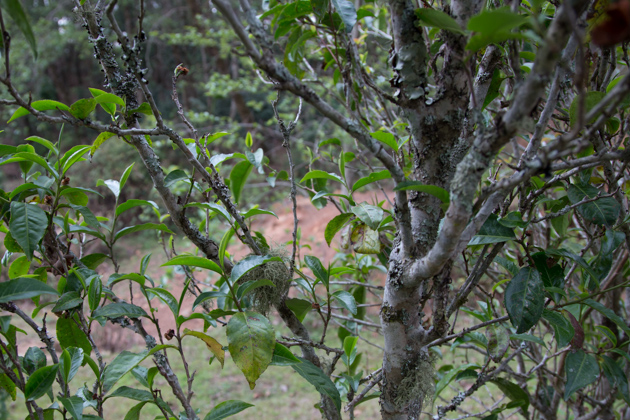
Tea tree of purple tea


Purple tea is distinguished by its partially purple stems, and when processed into raw Pu-erh or black tea, it takes on a rich dark purple to indigo hue. The leaves are longer and contain more moisture compared to ordinary tea leaves. Its higher viscosity indicates an elevated saponin content, which adds to the tea's distinct texture and mouthfeel. Visually, purple tea closely resembles the Camellia sinensis plant, unlike the Camellia taliensis species, which is noticeably different in appearance. This resemblance further highlights purple tea’s unique status within traditional tea varieties while showcasing its subtle yet distinct differences in composition.
Purple tea exhibits an aged tea aroma even when freshly produced
Purple tea stands out for its unique and distinctive aroma, which bears similarities to the fragrance of aged teas even when it is freshly processed. When crafted into Pu-erh tea, purple tea develops complex scents reminiscent of shiso leaves, a fragrant Japanese herb, or fruity notes akin to dried dates. This year, by carefully monitoring the pan-frying process and meticulously controlling the heat levels, we successfully minimized exposure to high temperatures, keeping the tea's natural essence intact. While there is still room for refinement in perfecting this process, we are quite pleased with the current results, as they preserve the tea's delicate balance of flavor and aroma.
Purple tea transforms remarkably with aging
For those familiar with purple tea, it's well known that this tea undergoes significant changes as it ages. Although there are several aging methods, anaerobic aging—where oxygen is minimized—best enhances the tea's distinctive dried fruit aromas, bringing out its full potential. To preserve this unique characteristic, we ship our purple tea in an oxygen-free environment. For optimal aging and flavor development, we recommend storing the tea in its original packaging in a warm room, allowing it to evolve and mature over time. This careful aging process helps elevate the tea's complex fragrance and taste, making it even more enjoyable as it matures.









